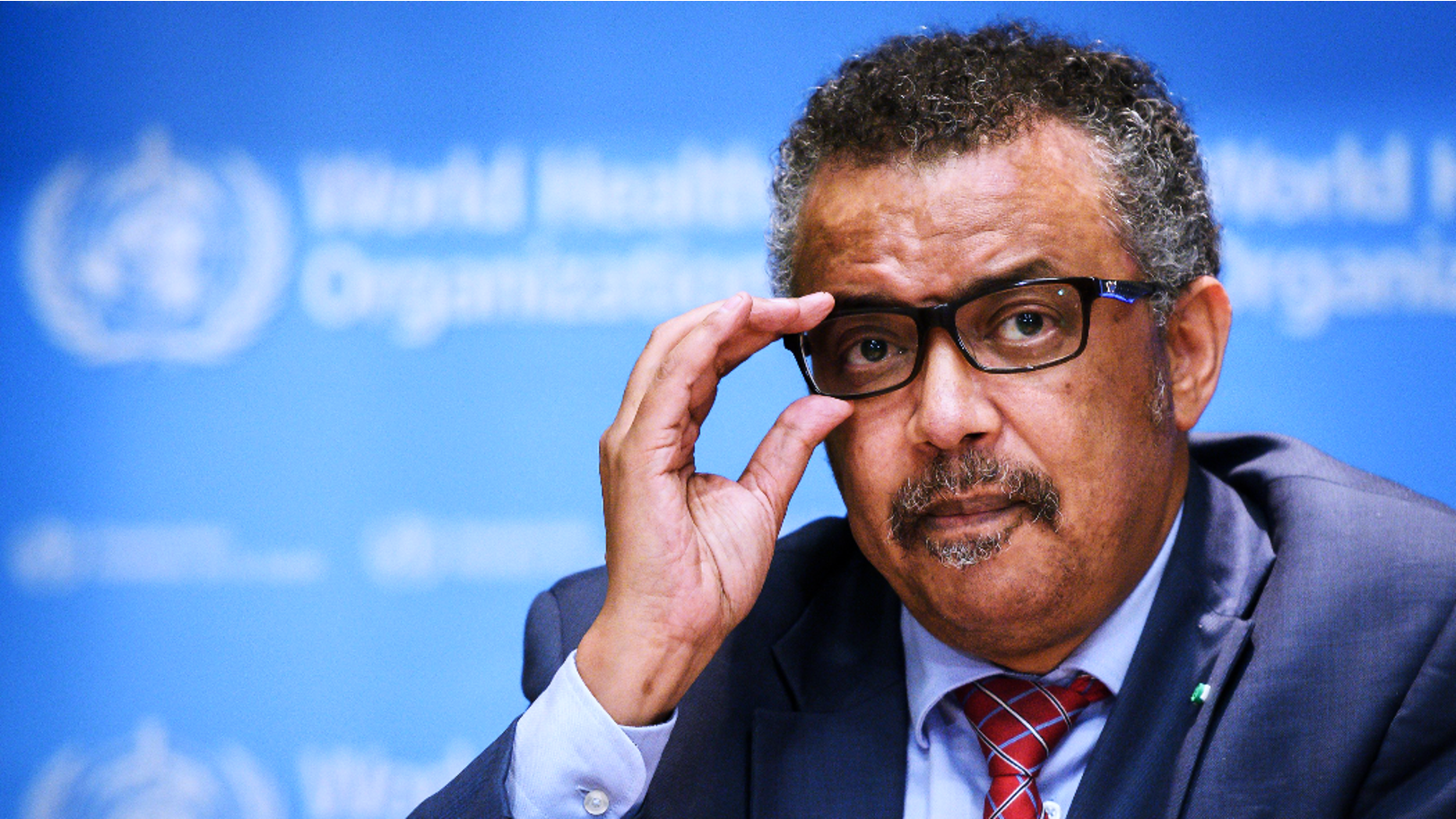
Today, the World Health Organization (WHO) announced that Covid-19 no longer constitutes a public health emergency of international concern (PHEIC, which is pronounced, unironically, “fake”).
https://www.vox.com/science/2023/5/5/23712380/covid-emergency-ends-world-health-organization
People living in the US would be entitled to a bit of déjà vu: In late January, the White House announced it would be ending the US Covid-19 public health emergency on May 11 — next week. And while Americans have been hearing for months about what this means, the impact of the WHO’s declaration might be less clear.
Ending the PHEIC declaration might have some cultural significance. The PHEIC is the loudest alarm bell the WHO can ring on an outbreak. The organization’s initial PHEIC declaration in January 2020 preceded many world- and life-changing events, and an enormous amount of death, sickness, and despair.
But the end of the PHEIC isn’t all that practically meaningful, either inside or outside the US. And for Americans in particular, it will have a far smaller impact on people’s health than will the ending of the national public health emergency scheduled to take place on May 11. That will more directly impact people’s health care costs and access to Covid-19 prevention and treatment measures.
Here’s what you need to know.
The PHEIC is largely a communications tool. Ending it sends a message the world has already heard.
There’s been a lot of global conversation about whether the Covid-19 PHEIC is being ended too late or too early. (There was similar disagreement about the timing when the PHEIC was first declared on January 30, 2020, which many criticized as coming too late.)
However, in understanding a PHEIC declaration’s impact, “the when is probably less important than the what,” said Victoria Fan, a senior fellow at the Center for Global Development.
In 2020, as now, the PHEIC functioned primarily as a communications tool for alerting WHO member states about their need to activate their national response and preparedness systems, Fan said. The PHEIC was essentially a prompt for nations to take the pathogen very seriously.
The PHEIC also gave the WHO director-general authority to formally recommend measures countries should and shouldn’t take to contain the outbreak. At the outset of the pandemic, that translated into Ghebreyesus recommending against travel or trade restrictions, or other actions that would “promote stigma or discrimination.”
Additionally, the declaration was followed by a WHO request for establishing a $675 million global pot of money to respond to the outbreak. However, the PHEICs do not automatically unlock international funding for member states.
Today’s announcement comes at a time when countries, on their own, have been drawing down their concerns and mitigation measures related to the pandemic for well over a year, said Fan. “Many countries have already moved on, and have other political and policy priorities, with rising debt and inflation and all sorts of other types of crises that have floated to the top,” she said.
“So the ending of the PHEIC is a bit of a collective shrug,” said Fan.
Although the declaration might give us some psychological closure to the pandemic, it’s really more of a signpost than an actual offramp.
















From breaking news to thought-provoking opinion pieces, our newsletter keeps you informed and engaged with what matters most. Subscribe today and join our community of readers staying ahead of the curve.

